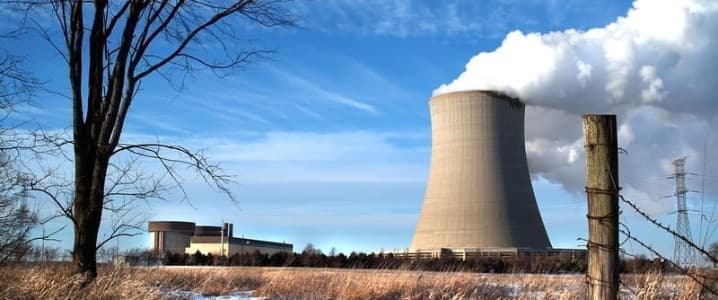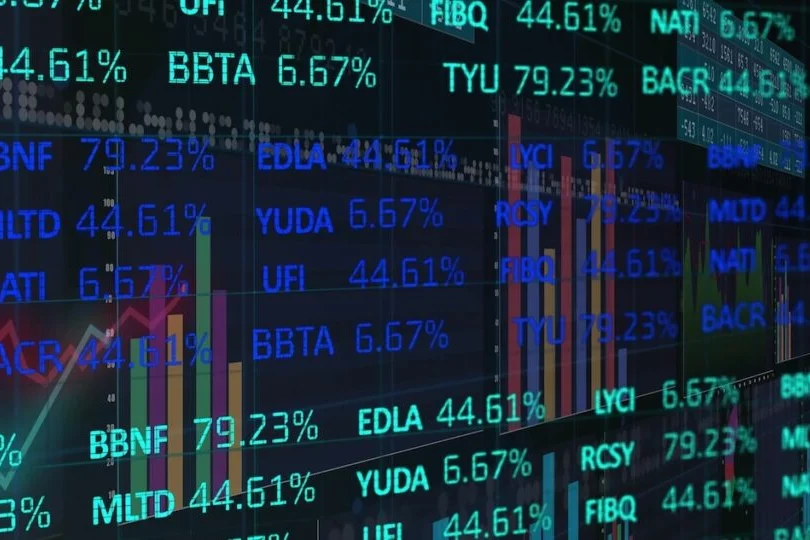Copyright OilPrice

The Trump Administration is following through on its pledge to revive America’s nuclear energy with a strategic partnership with Westinghouse and Cameco to help build large-scale nuclear power plants in the U.S. with a total investment of at least $80 billion. In the landmark agreement, Cameco Corporation, Brookfield Asset Management, and Westinghouse Electric Company have entered into a binding term sheet with the United States Department of Commerce to establish a strategic partnership, which is expected to accelerate the global deployment of Westinghouse’s nuclear reactor technologies. The partnership is also aimed at reinvigorating supply chains and the nuclear power industrial base in the U.S. and abroad. Brookfield and Cameco acquired Westinghouse in November 2023. Under the new strategic partnership, the U.S. Government will be granted a participation interest, which, once vested, will entitle it to receive 20% of any cash distributions in excess of US$17.5 billion made by Westinghouse. For the Participation Interest to vest, the U.S. Government must make a final investment decision and enter into definitive agreements to complete the construction of new Westinghouse nuclear reactors in the U.S. with an aggregate value of at least $80 billion. Related: Wood Mackenzie Pushes Back Peak Oil Demand Forecast to 2032 Each two-unit Westinghouse AP1000 project creates or sustains 45,000 manufacturing and engineering jobs in 43 states, and a national deployment will create more than 100,000 construction jobs, Westinghouse says. “The program will cement the United States as one of the world’s nuclear energy powerhouses and increase exports of Westinghouse’s nuclear power generation technology globally,” the reactor manufacturer said. Connor Teskey, President of Brookfield Asset Management, commented, “This partnership with the U.S. Government will help unlock the potential that Westinghouse and nuclear energy can play to accelerate the growth of artificial intelligence in the United States, while meeting growing electricity demand and energy security needs at scale.” The strategic partnership follows a May 2025 executive order in which U.S. President Donald Trump said that “In conjunction with domestic fossil fuel production, nuclear energy can liberate America from dependence on geopolitical rivals,” in a clear message which energy sources the Administration prefers to power America’s soaring electricity demand. The Trump Administration gave an additional boost to an already revitalizing nuclear power industry. Last year, Constellation Energy signed its largest-ever power purchase agreement with Microsoft, which paved the way for the restart of the Three Mile Island Unit 1 nuclear plant. This year, Constellation, the biggest nuclear power operator in the U.S., signed a 20-year power purchase agreement with Meta for the output of the Clinton Clean Energy Center in Illinois. Talen Energy signed a deal with Amazon to provide carbon-free energy from Talen’s Susquehanna nuclear power plant in Pennsylvania to Amazon Web Services data centers in the region. And just this week, NextEra Energy and Google announced an agreement to restart the Duane Arnold Energy Center in Iowa—the state’s only nuclear facility—to help meet soaring U.S. electricity demand driven by AI and data center growth. The biggest hyperscalers are signing PPAs from operational and restarted nuclear power plants, but they are also betting on the next-generation of nuclear technology—the small modular reactors (SMR) believed to be simpler and cheaper to build and install. The new nuclear age is upon us, experts at the Goldman Sachs Global Institute wrote in an analysis last month. Globally, data center power demand is projected to surge by 165% by 2030, bringing total data center capacity to about 137 GW—about 60% of which will need to be met with new generation capacity, according to Goldman Sachs Research. Nuclear can play a major role in this, as hyperscalers, while largely turning to natural gas, are also looking to use sustainable power sources, while avoiding the intermittency issues of wind and solar, Goldman Sachs said. In recent decades, the U.S. has allowed its domestic nuclear industry and supply chains to erode, while China and Russia have taken the lead in global nuclear reactor investment and installation, Goldman Sachs Global Institute noted. In the United States, the last two domestic reactors built at Georgia’s Plant Vogtle took about 15 years to complete and cost more than $35 billion. That’s more than double the initial projections of $14 billion. The U.S. still leads the world in terms of installed nuclear capacity, but the current operating licenses of most U.S. reactors are set to expire in the 2030s. The $80-billion strategic partnership could go a long way toward helping the U.S. meet part of the AI demand with new nuclear power generation. As Goldman Sachs Global Institute said, “success will depend on whether nations can build the infrastructure and partnerships necessary, with the right capital solutions in place, to support a robust nuclear industry.” By Tsvetana Paraskova for Oilprice.com More Top Reads From Oilprice.com Copper Soars to Record High on Supply Crunch and Brighter Outlook India Plans $11.3 Billion Bailout for State Power Firms Japan Tells Trump Tokyo Will Struggle to Ban Russian LNG Imports



